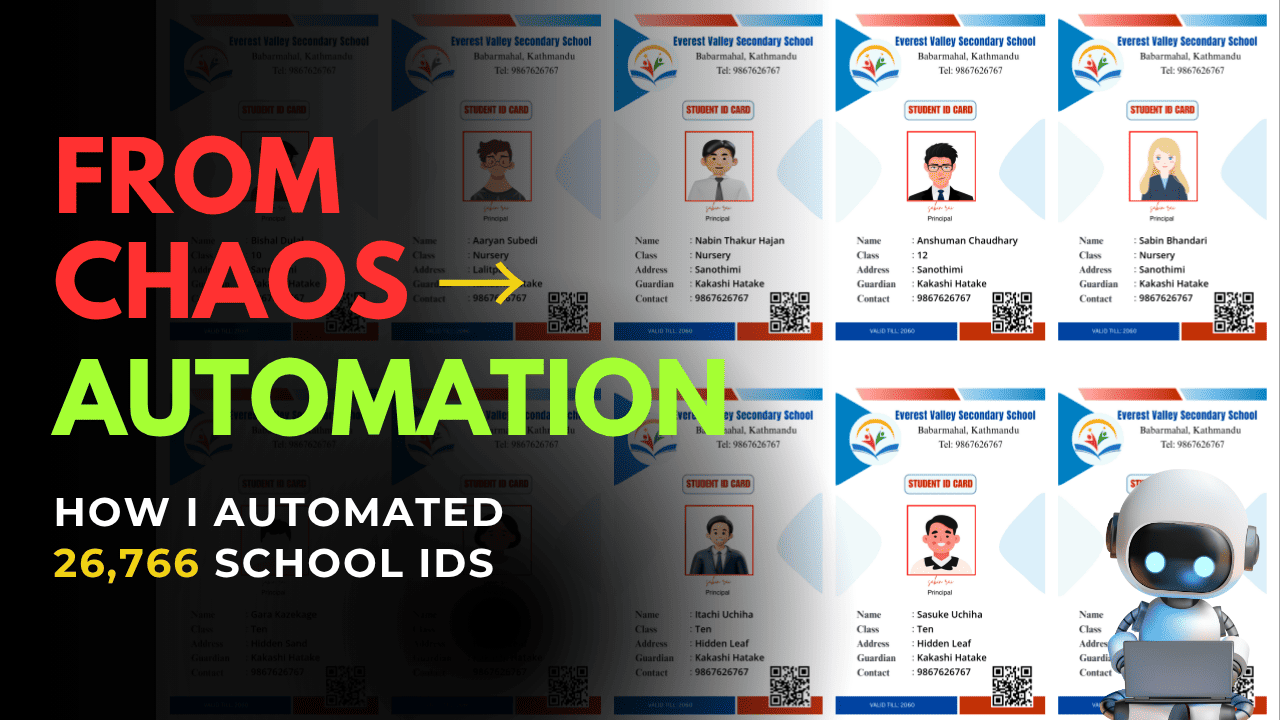Nepal has been battling landslides and floods for decades, particularly during the monsoon season, which makes the country highly prone to natural disasters. Over the years, these natural disasters have led to countless fatalities and widespread destruction, particularly in the mountainous regions where the terrain and heavy rainfall make landslides a persistent threat. As of July 2024, 108 people have lost their lives due to landslides, floods, and inundation. Gandaki Province has been one of the hardest-hit areas. Around 203 houses have been damaged or destroyed, along with 41 bridges and other critical infrastructure like schools and government offices. More than 3,500 families have been displaced, and 516 livestock have perished(Kathmandu Post)(Kathmandu Post) The devastation extends across various provinces, with roads and highways frequently blocked, leading to severe disruptions in transportation and economic activities. Notably, 33 districts are predicted to face ongoing risks throughout the monsoon period(Nepal Press). The impact on sectors like agriculture, tourism, and everyday life continues to grow. This article explores a groundbreaking solution: the application of Ultra High-Frequency Radio Frequency Identification (UHF RFID) technology, specifically utilizing Time Domain Phase Difference (TD-PD) techniques, for landslide monitoring. Current Status and Challenges of Landslide Monitoring Systems Nepal’s current landslide monitoring systems are increasingly moving towards AI-driven platforms and satellite-based remote sensing, rather than using physical sensors like geophones, rainfall gauges, or inclinometers. Projects like SAFE-RISCCS utilize satellite imagery from sources like NASA and ESA, combined with AI to monitor ground motion and climate data in real-time. This shift is largely due to the challenges of maintaining physical infrastructure in Nepal’s difficult terrain and the financial costs associated with deploying and managing traditional sensor networks. While traditional tools have been used in the past, the focus now is on scalable, cost-effective solutions that offer broader coverage without relying on ground-based sensors(Kathmandu Post)(SpringerLink). Organizations such as the Department of Hydrology and Meteorology (DHM) in Nepal play a key role in weather forecasting and issuing early warnings. Additionally, the National Disaster Risk Reduction and Management Authority (NDRRMA) works closely with local authorities to assess risks and coordinate response efforts. International partners, including the International Centre for Integrated Mountain Development (ICIMOD), have been instrumental in providing technical expertise and satellite data for more accurate monitoring of landslides. USAID’s SERVIR program, which operates in collaboration with NASA, also provides satellite-based data and models to help forecast and mitigate the risks of landslides in Nepal’s mountainous regions. Despite these efforts, the lack of real-time monitoring systems continues to hinder timely responses, especially in remote areas. Developing a comprehensive, technology-driven monitoring system is essential to better protect vulnerable communities from the impacts of landslides. UHF RFID: A Novel Solution UHF RFID technology offers a promising solution to these challenges. By strategically placing passive RFID tags on the ground, it’s possible to accurately measure land displacement over time. This data can then be used to identify potential landslide risks and trigger early warnings. Understanding RFID Technology RFID (Radio Frequency Identification) is a revolutionary technology that utilizes radio waves to automatically identify and track objects. Small electronic tags, equipped with microchips and antennas, are attached to items, while RFID readers capture the encoded data. This technology offers numerous benefits, including increased efficiency, accuracy, versatility, and cost-effectiveness. RFID finds widespread applications in various industries, such as retail, healthcare, supply chain management, and manufacturing. How it Works Key Advantages of UHF RFID Conclusion UHF RFID technology represents a significant advancement in landslide monitoring. By providing real-time data and early warning capabilities, it can help protect lives and property in vulnerable regions. As Nepal continues to face the challenges of climate change and increasing population pressure, innovative solutions like UHF RFID are essential for building resilience and ensuring the safety of its citizens. Call to Action If you are interested in learning more about UHF RFID technology or exploring collaboration opportunities for landslide monitoring initiatives, please feel free to reach out. Together, we can work towards a safer future for communities at risk of landslides.










